The Chirping Birds
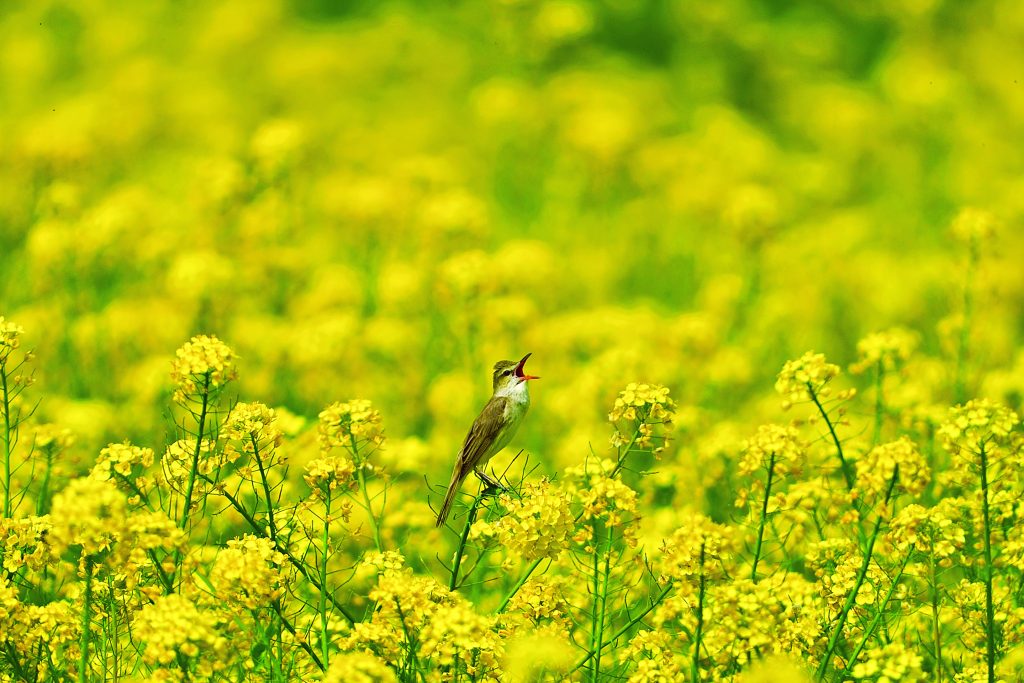
April is the time of year when we can enjoy the chirping of a variety of birds. HIH Princess Takamado, BirdLife International's Patron, shares her joy of birdsong in her latest article and collection of photographs.
“Through the Lens” Fujingahou Magazine, April, 2024
Photos and text by HIH Princess Takamado
Photo edited by Koichi Fujiwara(NATURE’S PLANET)
Edited by Yuki Masuda (Fujingahou)
April is the time of year when we can enjoy the chirping of a variety of birds. From mid-February through May, I head to the mountains and forests whenever possible to photograph beautiful birds in breeding plumage, against a backdrop of young leaves. Birdsong is a comforting sound during the often-patient waiting period of photography. You cannot hear their beautiful voices in my photos, but please enjoy the sight of these birds singing with heart and soul.
First, let me explain about chirping – which in Japanese might translate as the beautiful voice of a bird. Birdsong can be broadly divided into two types: call notes and chirps. Call notes are simple chirps that can be heard all year round, regardless of the season. Chirping, on the other hand, is a bird-specific call that is generally more complex and pleasant to the human ear, heard only during the breeding season. There is no strict definition, but if I had to venture an explanation, I would say that birds have evolved chirping as a means for males to court females, while at the same time chirping to assert their territoriality.
In fact, some birds have what I consider “typical chirps” and others do not, and the line between the two seems extremely blurred. For example, sparrows have a distinctive chirp that is heard only during the breeding season, but it is not usually called chirping because it is not complex or good sounding. And interestingly, even though I do not call sparrows chirps, most of the “chirping birds” I consider are actually birds of Passeriformes – usually known as Passerines.
In writing this essay, I was concerned about my somewhat self-serving assessment that sparrows do not have a good voice, so I asked several experts about the subject. Then they taught me that Passerines are the newest group of birds in the evolution of birds, and they have developed an organ called the syrinx – essentially, the bird’s vocal cords. The male attracts the female’s attention by chirping, and they have thus evolved a mating behaviour.
It is not only Passerines that have developed such singing behaviour. Birds of the order Cuculiformes are the cuckoos and often make such namesake sounds, “tepen kaketaka” (translation note, it sounds like “if the top is chipped”). Strigiformes (owls) call “goroskehoehoe” and Dollarbird “bubo so”, sometimes at night. I learned a lot. While the English word “birdsong” means just that, I was reminded of Jonasson’s “The Cuckoo Waltz” for the first time in a long time.
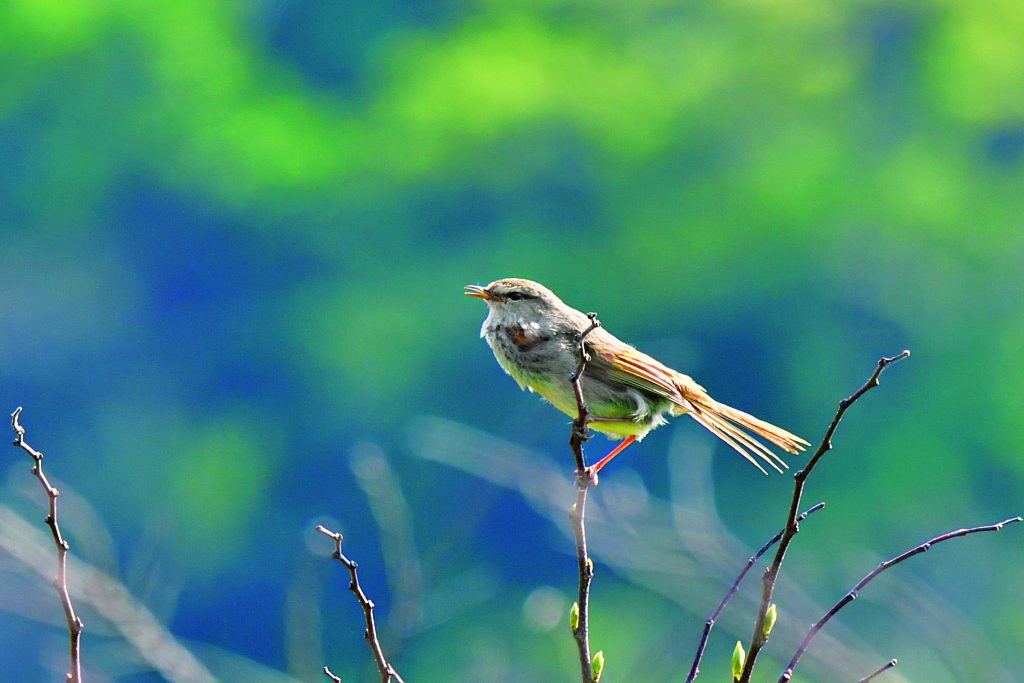
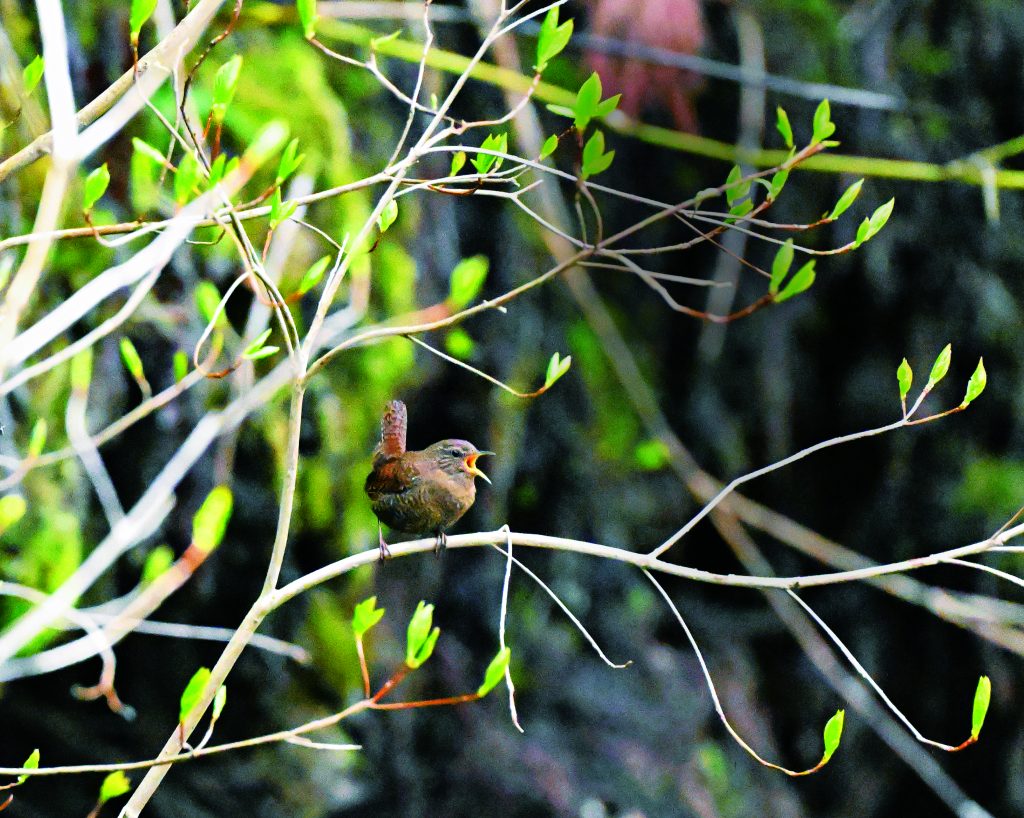
The cover photo is of a Great Reed-warbler; this species has a reddish mouth and makes a piercing call. This bird seemed to find it difficult to keep a good balance as the rape blossoms fluttered greatly whenever the wind blew, but it continued to sing, changing its direction from time to time.
The photo to the left, above, shows a Japanese Bush-warbler, known for a song that sounds like “hohokekyo ,” but I suspect that very few people have seen this species. As you can see from the photo, despite its gorgeous voice, it has a very plain appearance, and even we, as birders, sometimes have a hard time finding it.
The birds below are the Blue and White Flycatcher, Narcissus Flycatcher, Meadow Bunting, and above, the Northern Wren. The first two, both flycatchers, are very beautiful birds with bright calls, and their gorgeous appearance makes them very popular. Meadow Bunting is quite handsome-looking with a subdued colouration. The last species, Northern Wren , is very small and brown all over; it sings loudly with its tail feathers cocked-upwards, and its voice is clear.
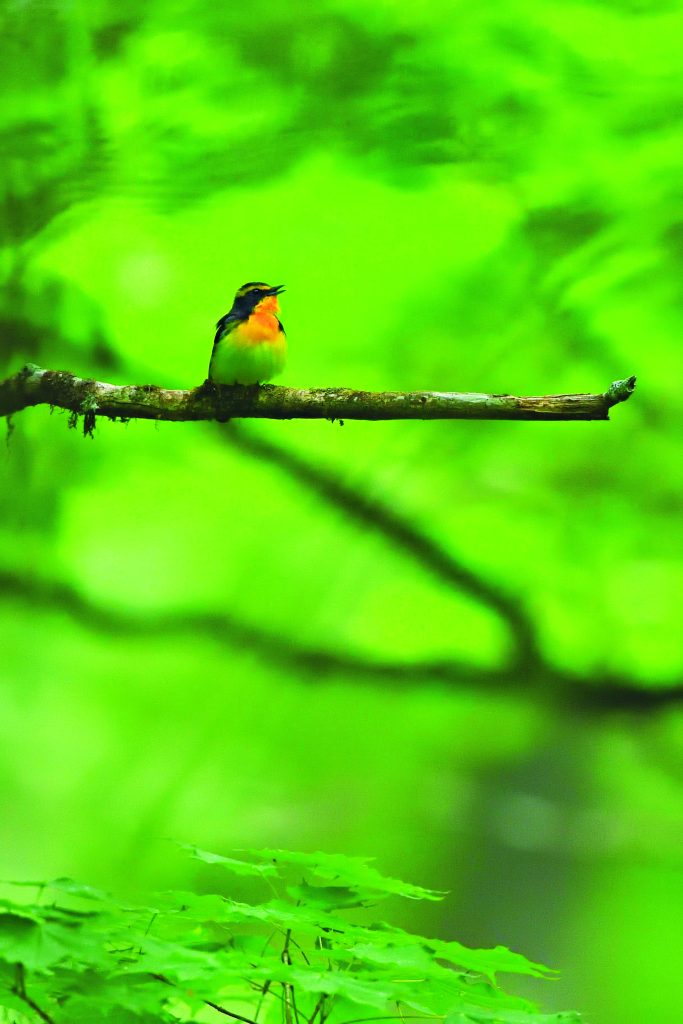
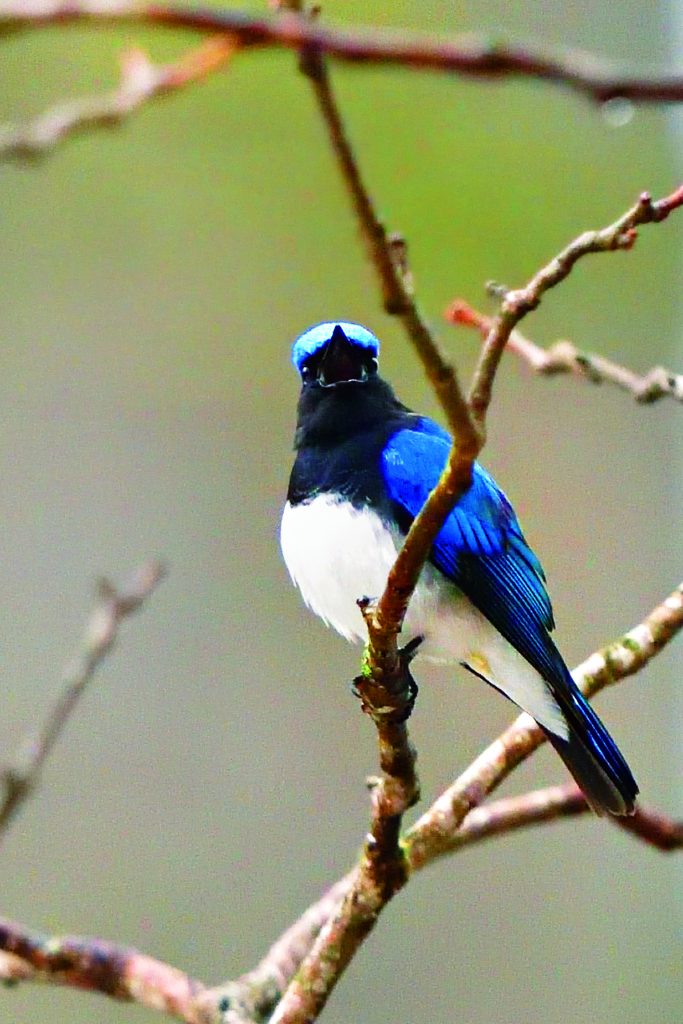
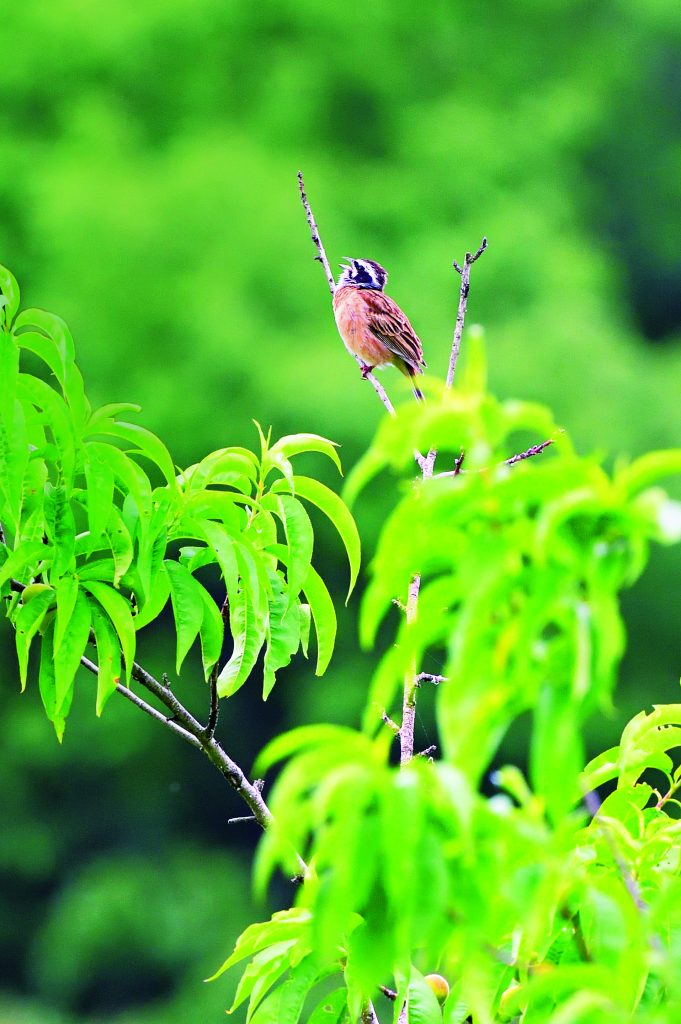
Along with their beautiful appearance, birdsong is a major factor in people’s familiarity with birds. For the male birds that sing, however, this activity is a serious competition for their lives. They will take up positions in conspicuous places where they can be easily targeted by natural enemies, sing loudly, and if they are successful, form a pair with a female. From now on, I would like to listen to various bird songs from the perspective of birds that sing. We hope that readers will take the time to enjoy the birds’ songs and to think about the stories of their earnest vocal competition.